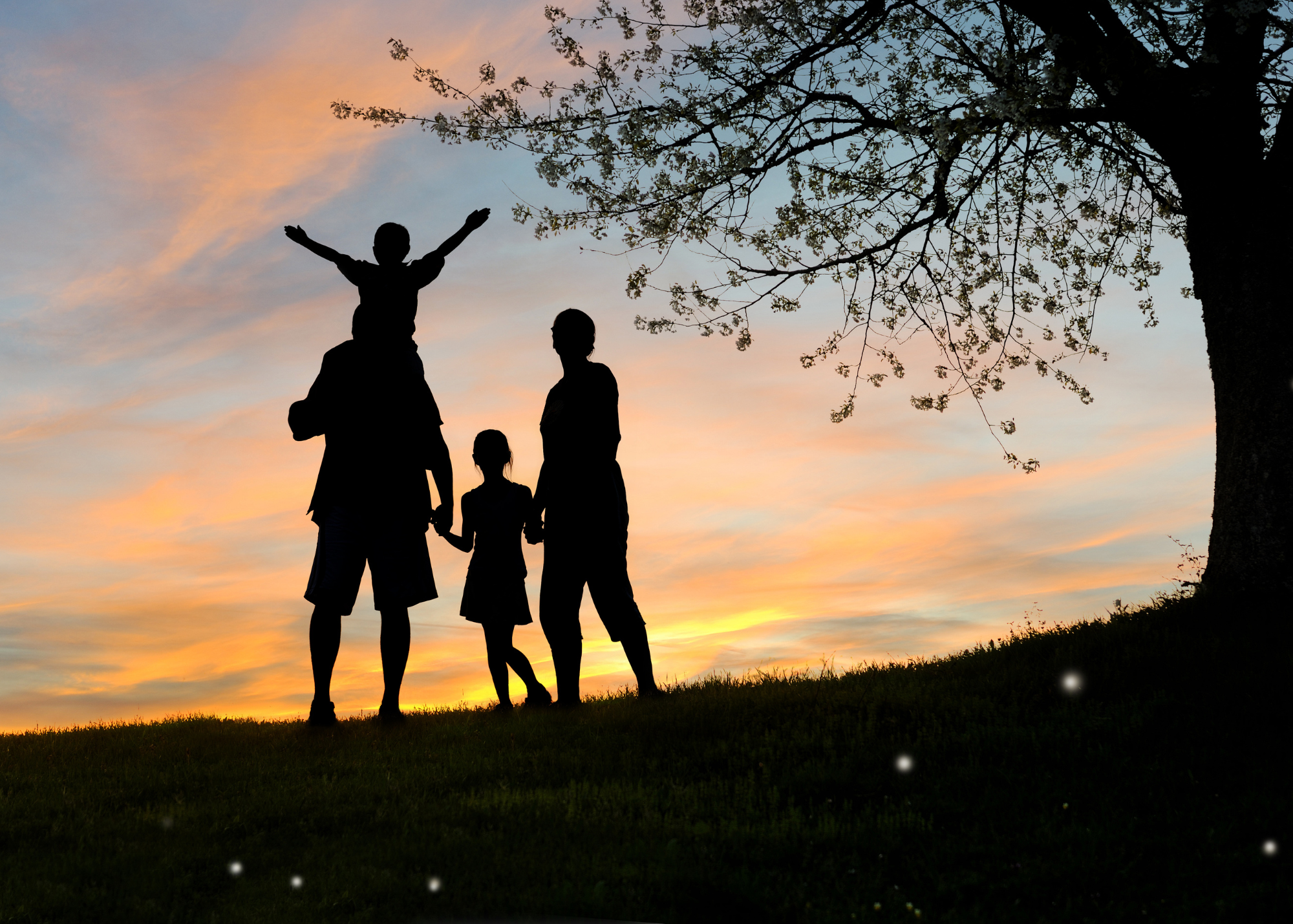
Make it stand out
Helping Families Flourish
Spring offers a perfect time to spend lots of time outdoors, exploring nature, watching animals return, and observing plants blooming.
List of fun spring outdoor activities
Nature walks and scavenger hunts: Encourage children to explore the environment, identifying various elements of nature and collecting interesting finds, enhancing their observational skills.
Planting a spring garden: Involve kids in gardening, teaching them about plant growth and environmental care, and providing a sense of achievement as they watch their plants flourish.
Outdoor spring-themed games and sports: Facilitate activities like frisbee, soccer, or relay races with a spring theme, promoting physical fitness and teamwork.
Bird watching and making feeders: Teach kids about different bird species and their habitats, and create simple feeders to attract them, fostering an interest in wildlife and conservation.
Picnicking and outdoor storytelling: Combine a leisurely picnic with storytelling or reading sessions in a park, encouraging relaxation and literacy in a natural setting.
Kite Flying: Take advantage of spring breezes to fly kites, teaching kids about wind and weather, while improving their coordination and observation skills.
Biking or Rollerblading: Use warmer weather to encourage cycling or rollerblading in safe, scenic areas, promoting physical fitness and outdoor exploration.
Fishing or Pond Dipping: Experience fishing or explore pond life, teaching children about aquatic ecosystems and the animals living in them.
Outdoor Art Projects: Use natural materials or set up an outdoor painting session, allowing kids to express creativity while enjoying the fresh air.
Camping or Backyard Camping: Plan a camping trip or set up a tent in the backyard, giving kids a taste of adventure and a night under the stars, complete with storytelling and marshmallow roasting.
Be prepared for changing weather.
Spring weather can be unpredictable, so be sure to pack layers and have rain gear on hand.
Stay hydrated:
Encourage your children to drink plenty of water, especially during warmer days.
Protect your skin:
Apply sunscreen and wear hats and sunglasses to protect your children's skin from the sun.
Minimize Allergen Exposure:
Check Pollen Counts: Monitor local pollen counts and adjust outdoor activities accordingly.
Use Air Conditioning: Run air conditioning to filter the air and keep allergens out.
Limit Outdoor Activities: When pollen counts are high, consider indoor activities or choose to go outside later in the day when pollen counts are lower.
Avoid Mowing and Gardening: If possible, avoid letting your child mow the grass or rake leaves, as these activities can stir up allergens.
Dry Clothes Indoors: Dry laundry in a dryer or hang clothes indoors, rather than outside, as pollen can coat clothing.
Keep Pets Clean: Wipe down pets after they've been outside and consider bathing them more frequently to remove pollen from their fur.
Encourage Good Hygiene Practices:
Wash Hands and Face: After coming inside from playing outside, have your child wash their hands and face to remove pollen.
Bathe or Shower: Encourage your child to bathe or shower before bed to remove pollen from their skin and hair.
Change Clothes: Have your child change into fresh, clean clothes after being outside.
Consider Medications:
Consult with a Doctor: Talk to your child's pediatrician about managing allergy symptoms, as they may recommend over-the-counter or prescription medications.
Antihistamines: Antihistamines can help relieve allergy symptoms like sneezing, itching, and runny nose.
Nasal Corticosteroids: Nasal sprays can help reduce inflammation in the nasal passages.
Eye Drops: Eye drops can help relieve itchy eyes.





